The British overseas territory of Gibraltar, or, as some would have it, the wart on the bottom of the Iberian peninsula, is not an exciting place for a holiday. You don’t go for the food (mostly English pub grub and pizzas), or the nightlife (there isn’t any) or the beaches (overcrowded, with sand imported from the Sahara). But there are a few interesting legacies of three centuries of British occupation of what was known in Greek mythology as one of the Pillars of Hercules.
In the Trafalgar Cemetery, containing the graves of those who died in Gibraltar following the battle, a typical inscription records the death in December 1805 of an officer of the Royal Marines ‘after having suffer’d several Weeks with incredible Patience and Fortitude under the Effects of a severe Wound receiv’d in the great and memorable Sea-fight off Trafalgar’. Annoyingly, this historic and restful place is sometimes disturbed by those vile monkeys which inhabit the upper reaches of the Rock.
Among the buildings which predate the British capture of Gibraltar in 1704 is a 16th-century Franciscan friary which has long been the residence of the governor and is known as the Convent. The view from the imposing front entrance is rather spoilt by the Angry Friar pub across the road, where T-shirted and tattooed men watch Sky Sports while drinking English beer and eating fish and chips. Better to seek spiritual sustenance in the King’s Chapel adjoining the Convent, with its military memorials and banners and stained-glass window depicting George VI.
The Anglican Cathedral of the Holy Trinity, built in the 19th century, may be the only cathedral with Moorish arches over the main entrance and the windows, including the stained-glass east window behind the altar. There are, of course, plenty of Moors in Gibraltar, from Morocco on the other side of the Straits, and Jews too, in this community of mainly Mediterranean descent. (The best-known of Gibraltar’s chief ministers, Sir Joshua Hassan, who was a Moroccan Jew, liked to point out that the Treaty of Utrecht decreed that no Moors or Jews should reside there.) Today Muslims and Jews co-exist quite happily in what used to be Gibraltar’s red-light area, off Governor’s Street.
At the other end, the Garrison Library is a handsome building and a place not to be missed. Founded after the Great Siege, it now houses some 45,000 books, maps and lithographs, plus the archive of the Royal Calpe Hunt, disbanded after the Spanish Civil War. This was an outstanding example of the friendly cooperation between Gibraltar and Spain which sadly no longer exists. The library has wonderful photographs and paintings of the hunt: hounds were kennelled on the Rock and hunting took place across the frontier, over country owned by Pablo Larios, joint master with the governor of Gibraltar. If only it could be revived, under the patronage (which it used to enjoy) of the monarchs of Britain and Spain, cross-border relations might be restored to what they were in those good old days.
Got something to add? Join the discussion and comment below.
Get 10 issues for just $10
Subscribe to The Spectator Australia today for the next 10 magazine issues, plus full online access, for just $10.
The Gibraltar International Literary Festival is this month (14–16 November). Simon Courtauld is a former deputy editor of The Spectator, and the author of a history of the magazine, To Convey Intelligence. He has also edited the Field.
You might disagree with half of it, but you’ll enjoy reading all of it. Try your first month for free, then just $2 a week for the remainder of your first year.

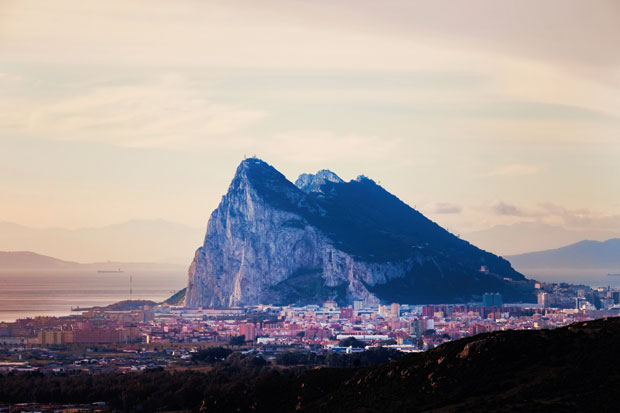
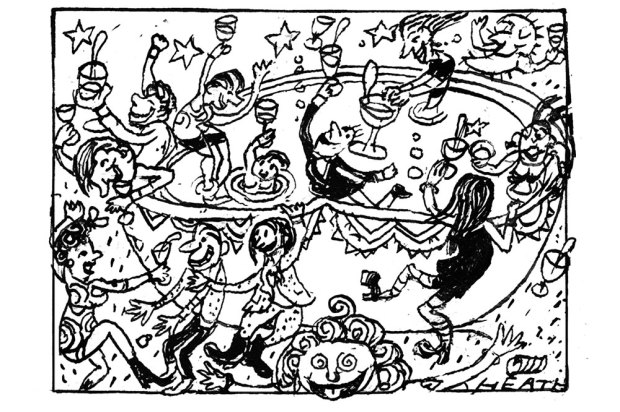
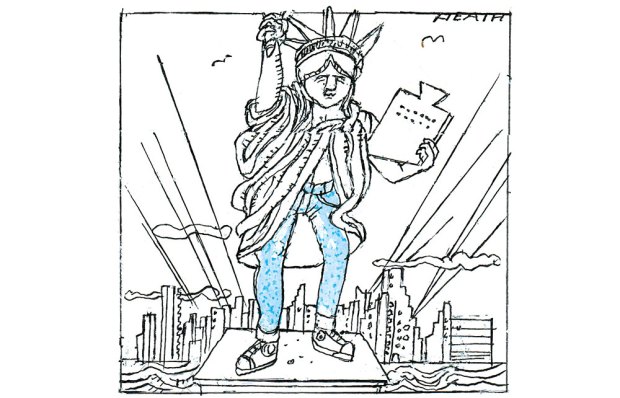

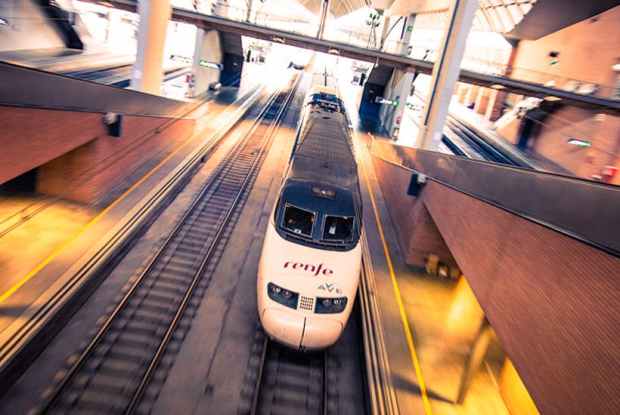
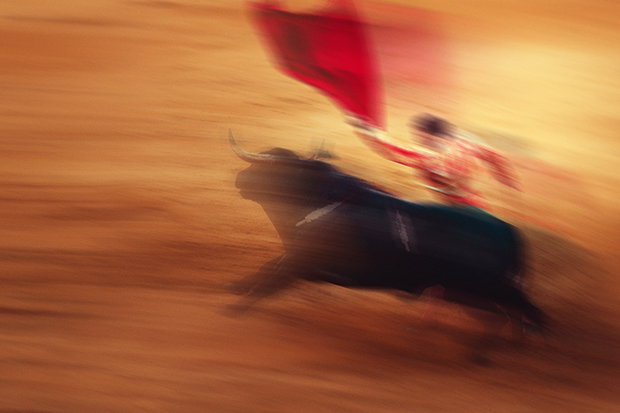







Comments
Don't miss out
Join the conversation with other Spectator Australia readers. Subscribe to leave a comment.
SUBSCRIBEAlready a subscriber? Log in